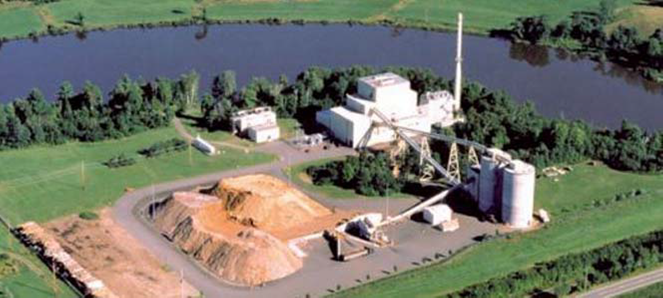
The demand for renewable energy sources has never been greater. With the world focusing on reducing carbon emissions and combating climate change, solar and wind power are emerging as the frontrunners in the clean energy movement. These technologies are becoming more efficient and affordable and playing a crucial role in reshaping the global energy landscape. The future of renewable energy heavily relies on advancements in solar and wind power, as they lead the way toward a sustainable and green economy.
The Rise of Solar Power
Solar energy has advanced significantly in recent years. The cost of solar panels has decreased substantially, making them more accessible to homeowners, businesses, and governments. Technological advancements in solar photovoltaic (PV) systems have increased efficiency, allowing for higher energy output from smaller installations. This development means more people can harness solar energy even in regions not traditionally known for abundant sunlight.
Additionally, governments worldwide are implementing policies encouraging solar power adoption. Tax credits, subsidies, and other incentives motivate individuals and businesses to invest in solar energy. As a result, we are witnessing a sharp increase in solar installations, from rooftop panels on homes to large-scale solar farms that power entire communities. The future looks bright for solar power, with continued innovation in energy storage and grid integration further cementing its role in the global energy transition.
Wind Power: Harnessing Nature’s Force
Wind energy has also experienced remarkable growth in the renewable energy sector. Like solar, wind power technology has become more cost-effective and efficient. Modern wind turbines can generate vast amounts of electricity, even in locations with lower wind speeds. Offshore wind farms, in particular, have the potential to create immense amounts of power, capitalizing on the strong and consistent winds over the ocean.
As countries continue investing in wind energy, we see more sophisticated wind farms being developed. Offshore wind farms are being constructed farther from coastlines, minimizing their environmental and aesthetic impact while maximizing energy output. This shift toward offshore development reflects the industry’s focus on meeting growing energy demands sustainably. The continuous improvement in turbine technology and the expansion of wind energy infrastructure make wind power a key player in the future of renewable energy.
Integrating Solar and Wind Power into the Grid
One of the primary challenges in scaling up solar and wind power is integrating these variable energy sources into the existing electrical grid. Unlike fossil fuels, which provide a constant energy supply, solar and wind are intermittent. The sun doesn’t always shine, and the wind doesn’t always blow. To address this, advancements in energy storage technology, such as batteries, are becoming essential.
Energy storage solutions allow excess energy produced during peak sunlight or wind conditions to be stored and used during low production. Additionally, smart grids are being developed to manage the flow of renewable energy efficiently. These grids can dynamically adjust the electricity distribution based on real-time data, ensuring the energy supply matches demand. Combining energy storage and smart grid technology is crucial for maximizing the potential of solar and wind power in the future.
Environmental and Economic Benefits
The transition to renewable energy, particularly solar and wind, offers significant environmental and economic benefits. Both energy sources generate electricity without producing greenhouse gases, making them essential tools in the fight against climate change. By reducing dependence on fossil fuels, solar and wind power can help lower global carbon emissions and improve air quality, contributing to a healthier planet.
Economically, the renewable energy sector is creating new jobs and driving growth. The solar and wind industries have already become major employers, providing manufacturing, installation, maintenance, and research opportunities. As more investments are made into renewable energy infrastructure, we can expect continued job creation and economic development. Moreover, renewable energy sources can provide more stable and predictable energy prices, as they are not subject to the same market fluctuations as oil and gas.
The Path Forward for Solar and Wind Power
The future of solar and wind power is promising, with ongoing advancements poised to revolutionize how we generate and consume electricity. Breakthroughs in solar cell technology are increasing the efficiency of solar panels, while wind turbines are becoming more powerful and cost-effective. Research into hybrid systems, combining solar and wind power with other renewable sources, is gaining momentum, offering a comprehensive solution to meet global energy demands.
The international community recognizes the need for collaborative efforts to scale renewable energy technologies. Partnerships between governments, private companies, and research institutions are crucial for accelerating solar and wind power system development and deployment. By sharing knowledge, resources, and technologies, countries can work together to create a sustainable energy future that benefits everyone.
Solar and wind power are undoubtedly leading the renewable energy revolution. As these technologies evolve and become more widely adopted, they will play a central role in shaping a cleaner, more sustainable future for future generations.